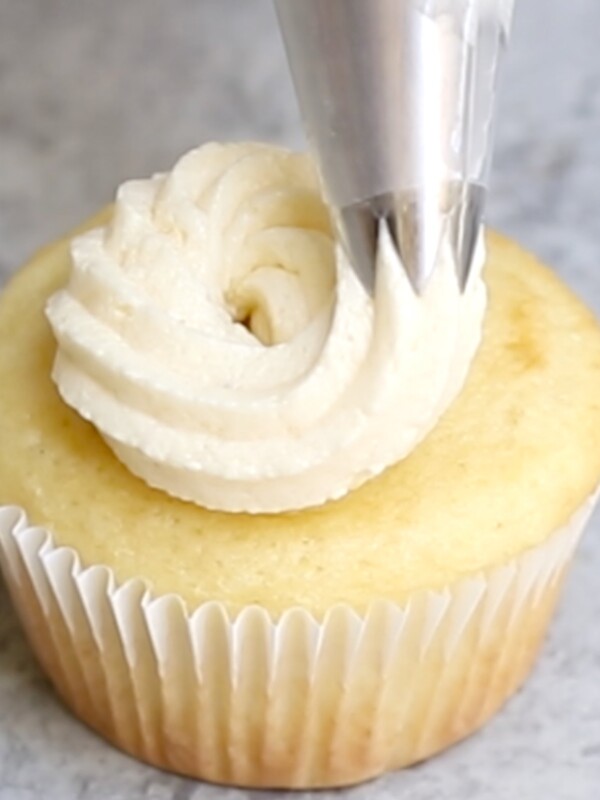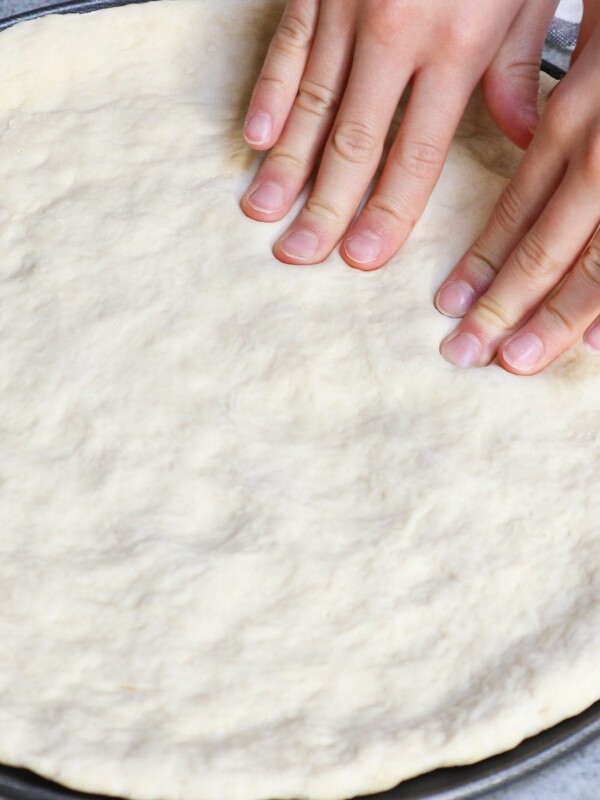Easy Egg Test for Freshness (Egg Float / Water Test)
on Oct 27, 2021
This post may contain affiliate links. Please read my disclosure policy.
There’s nothing worse than cracking open an egg to find out that it’s gone bad. Eggs are a versatile food used in everything from baked goods to breakfast to fried chicken. If only there was a way to test for freshness without having to crack an egg. Well, there is!
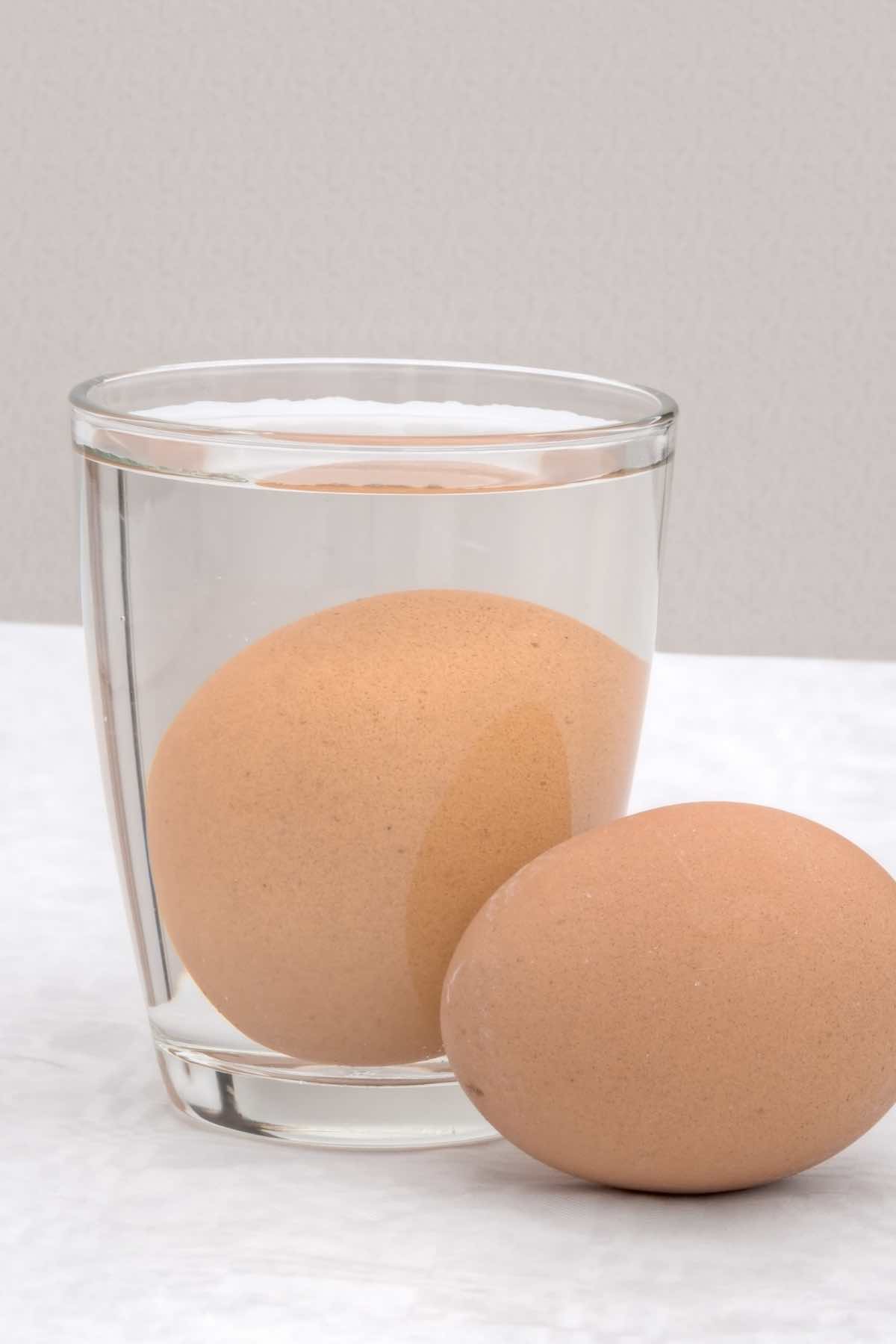
If you’ve had eggs sitting in your fridge, you might be wary of using them. Luckily, there’s a simple method to test eggs and it works every single time.
How Do You Tell If an Egg is Bad?
Sometimes, you can immediately tell that an egg is bad due to its smell. If you can smell anything unpleasant through the shell, the egg should definitely be thrown out. If there’s no smell and you’re still concerned about freshness, it’s time to use the egg float test.
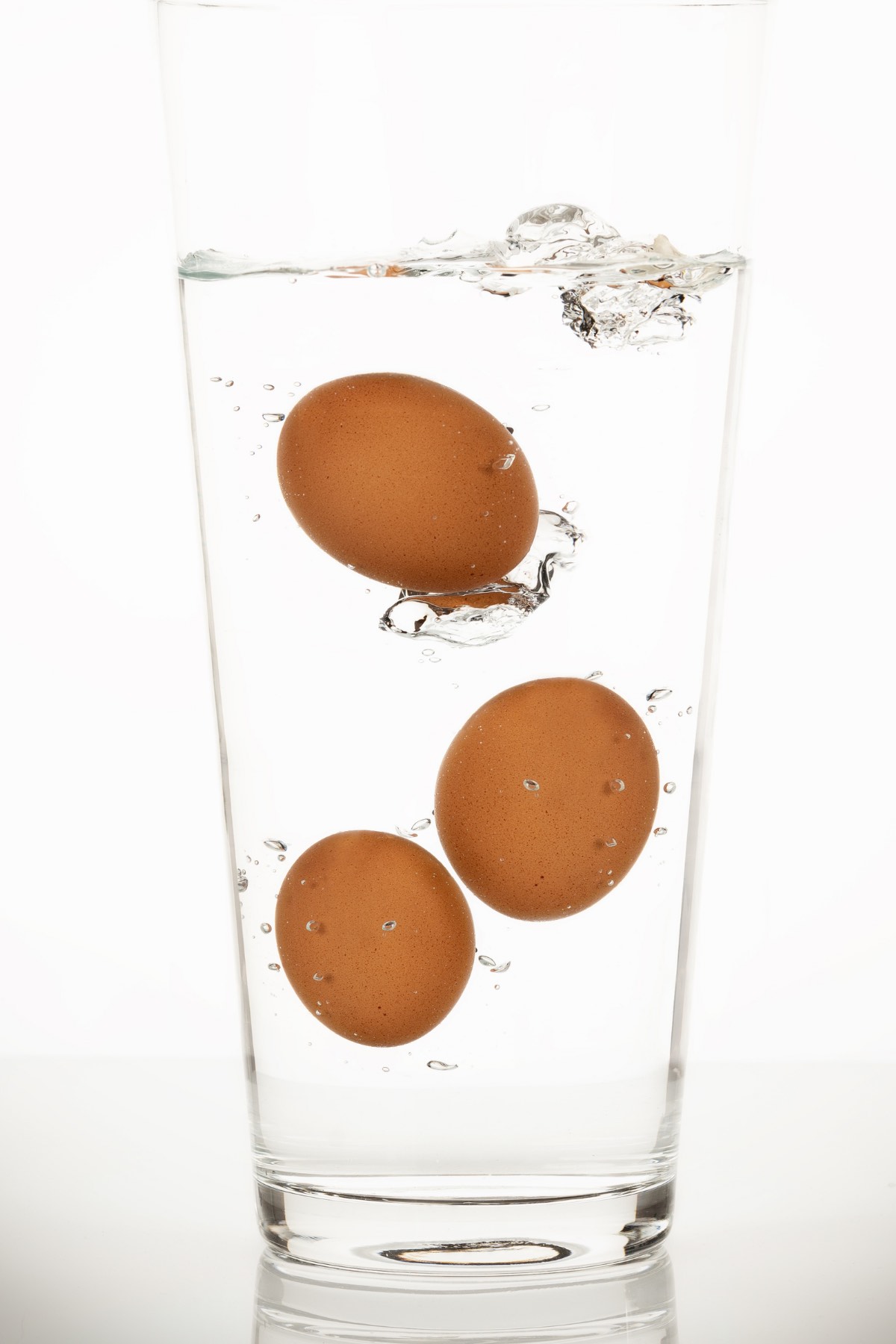
How to Test Eggs for Freshness with the Egg Float Test?
Maybe you remember this simple experiment from your elementary school science class. Use water to fill a bowl that’s deep enough to fully submerge the egg. If the egg floats, it’s gone bad and should not be used. If it sinks and turns on its side, this means the egg is very fresh. If it sinks but stands on end, it’s not super fresh, but still safe to eat. This comes in handy when making hard boiled eggs, since older eggs are easier to peel.
Is the Egg Float Test Accurate?
The egg float test is 100% accurate. The science behind it is that as eggs age, their shells allow more air to pass through and fill the air sac in the egg. When the sac is filled with enough air, the egg will float.
Other Fresh Egg Tests
Besides the egg float test and checking for odors, you can also check for freshness by shaking the egg. If you can hear liquid sloshing around, the egg has gone bad. No watery sound means the yolk is still fresh and the egg is safe to eat. You should also observe the egg after you’ve cracked it. A fresh egg will have a firm, bright yellow or orange yolk surrounded by thick, viscous egg white. If the egg white is watery, thin and spread out, the egg is less fresh.
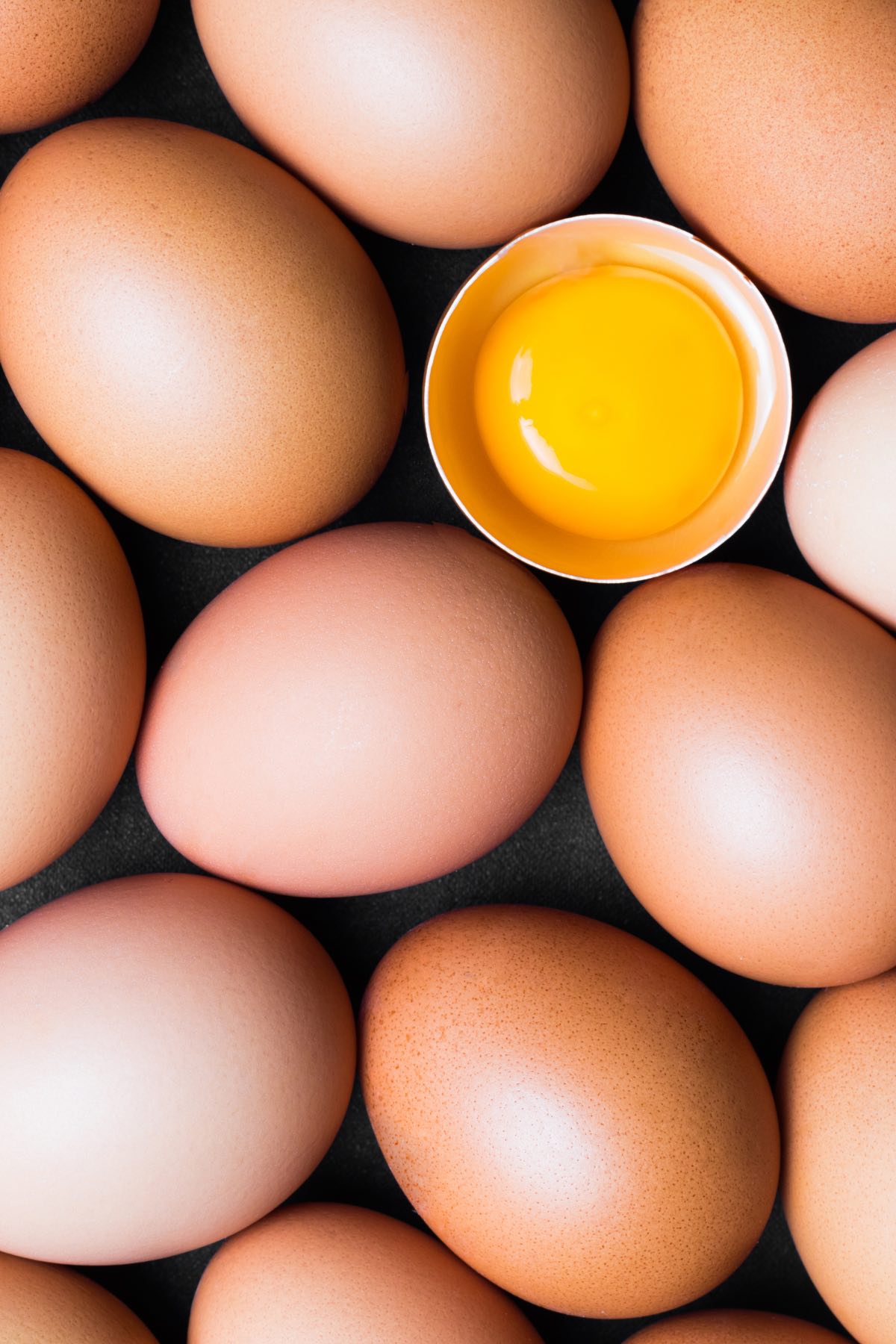
Frequently Asked Questions
Can You Eat Eggs 2 Months Out of Date?
Sometimes eggs come with a “best before” label. Usually, this date is a conservative estimate and the eggs are safe to eat for several days more. Raw eggs in their shells should be stored for 3-5 weeks. Heat can cause eggs to spoil faster, so refrigerate your eggs if you won’t be eating them quickly.
When Should You Not Eat an Egg?
If an egg has an unpleasant smell in the shell or after you’ve cracked it, don’t eat it. If the egg fails the float test, don’t eat it. Shake the egg to test for wateriness. If the yolk or whites look watery, it’s best to discard the egg.
Should Eggs Be Refrigerated?
Americans tend to store their eggs in the fridge while Europeans prefer to leave them at room temperature. Based on the way eggs are produced and sanitized in the U.S., it’s recommended to store them in the fridge to minimize the risk of contamination. American eggs are sanitized in a way that removes a natural protective cuticle that protects the egg. Without this cuticle, eggs need to be kept in the fridge to prevent the eggs from being exposed to bacteria.
You May Also Like
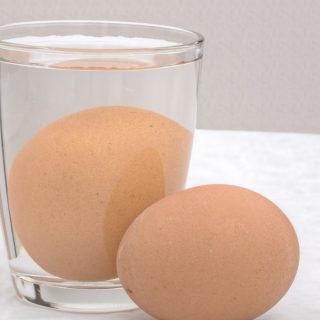
Egg Float Test
Ingredients
- 1 egg, any size
- 2-3 cups cold water
Instructions
- Fill the mixing bowl or cereal bowl with the cold water so to at least 4 inches deep.
- Gently place the egg into the bowl and wait a moment to let it settle.
- If the egg is fresh, it will sink to the bottom of the bowl and lay on its side.
- If the egg is not as fresh but still safe to eat, it will sink to the bottom and stand on one end.
- If the egg is unfit to consume, it will float. Discard any such eggs.
- Repeat the previous steps for any remaining eggs you wish to test.
Nutrition information provided is an estimate only and will vary based on ingredient brands and cooking methods used.

